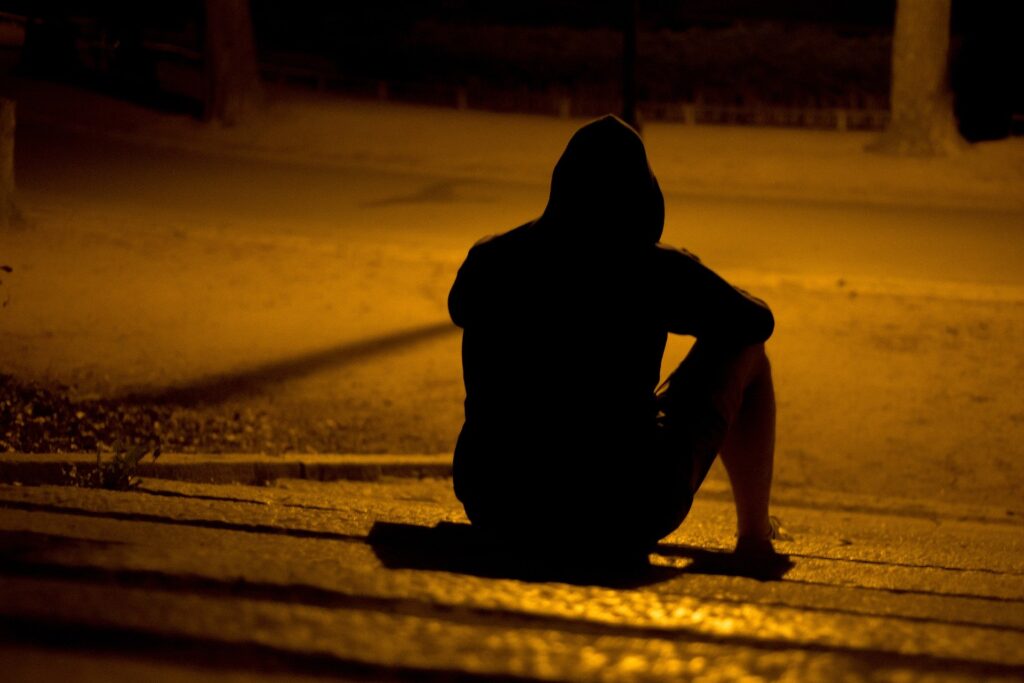A recurring card typically represents a message or lesson that you have not fully understood. The querent or you may attach great importance to that card in some way; it may include a message that, when understood, can significantly alter the circumstance you are asking about. However, it is not being heard for some reason.
For instance, the 10 of Wands card has frequently appeared in my life, especially when I push myself too hard or shoulder too many tasks without regard for how I’m feeling. I have a propensity to take on a lot of work just to burn out and be left with little choice but to sit on the couch at home and watch Netflix. It’s kind of like a vicious cycle, and I’m still figuring out how to get out of it. The ten of wands serves as a reminder of the lesson I still have to learn: how to prioritize my goals and seek for assistance when I need it.
In This Article...
The chances of getting the same tarot card are what?
Greetings, Horus! Drawing the same card twice in a row would have a 1 in 78 chance of happening, or roughly 1.3 percent. In a “one card” spread, that.
Are the cards in every Tarot deck identical?
Despite their vastly different designs, all tarot decks share a few characteristics. Each one has 78 playing cards, divided into the main and minor arcana. The major arcana, which are the deck’s 22 trump cards, generally allude to bigger influences and disclosures when they are revealed during a reading. These cards stand alone without a suit and represent key occasions or people in a person’s life.
In contrast, the minor arcana refer to influences and issues that are more commonplace. Wands, swords, pentacles, and cups make up the four suits that these 56 cards are divided into. (Occasionally, tarot decks will use different terminology, such as “Pentacles for coins, but they are exact equivalents to the four original divisions.) A different aspect of life is represented by each outfit. Wands typically represent imagination and passion, swords intelligence, pentacles work and wealth, and cups emotion. Additionally, each suit is associated with a certain set of astrological signs, such as wands being associated with fire, swords with air, pentacles with earth, and cups with water.
Since we’re beginners, the meanings you’ll most frequently refer to are the functional definitions, albeit these meanings can be used when cards symbolize people and their zodiac signs. For example, a three-card spread with three pentacle cards strongly denotes a financial concern. (More on the various spreads will follow.)
While much of this is up to the deck’s owner and what resonates with them, there are a few conventions that apply to the majority of tarot readings. If you’re reading cards for someone else, you should ask them to provide you with a question or suggest something they’re interested in, and keep that question in mind while you shuffle the deckalso referred to as “removing the effects of earlier research and readings. (An illustration would be, “When will I discover love?” Am I pursuing the correct career? “How can I get through my block?
Then you could query the person you are reading for (also known as “cutting the deck, once more concentrating on the querent. Although some readers will cut the deck for the querent, we prefer this option since it gives the querent a chance to feel linked to the deck personally. In any case, you will draw the necessary number of cards for your spread and, if you’re reading for yourself, place them between you and the querentor directly in front of you.
I keep getting the Lovers card; why is that?
According to Porter and June, if you draw the Lovers in a reading about your profession or finances, it could indicate a new partnership within your career or possibly an alternative, more satisfying career path. “It’s possible to emphasize the Lovers’ noble character. Are you looking for a new position? Are you seeking out fresh possibilities?”
This card is an indication, according to Vanderveldt, that “Now is the moment to match your external behavior to your inner wants and desires. Don’t let a number or a title define who you are or demonstrate your value to you; instead, choose yourself, stay true to your fundamental self.”
There are how many tarot cards?
The Venetian or Piedmontese tarot served as the inspiration for the typical modern tarot deck. The major arcana, which contains 22 cards and is also known as the trumps, and the minor arcana, which has 56 cards, make up the 78 cards that make up this deck.
Can you shuffle tarot cards incorrectly?
Short answer: According to tarot reader and astrologer Bess Matassa, “there is literally no right or wrong approach.”
She argues that more intuitive methods of reading that stress leading with feeling have grown in popularity as tarot has developed over time. Therefore, there are numerous valid ways to shuffle in modern society. “Matassa advises shufflers to disregard preciousness in favor of pulsations. If you decide to keep your eyes open while you mix, just feel the weight of the cards in your hands and make navigational decisions based on touch or sight.”
Having said that, here are a couple to try if you want a more structured approach to shuffling.

